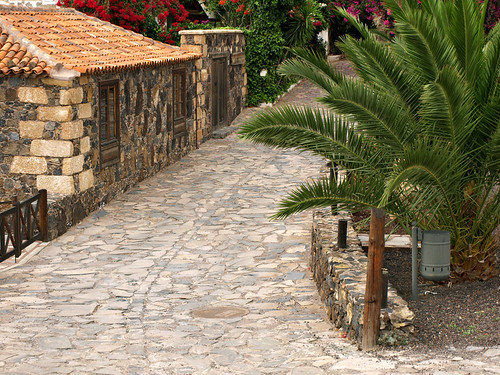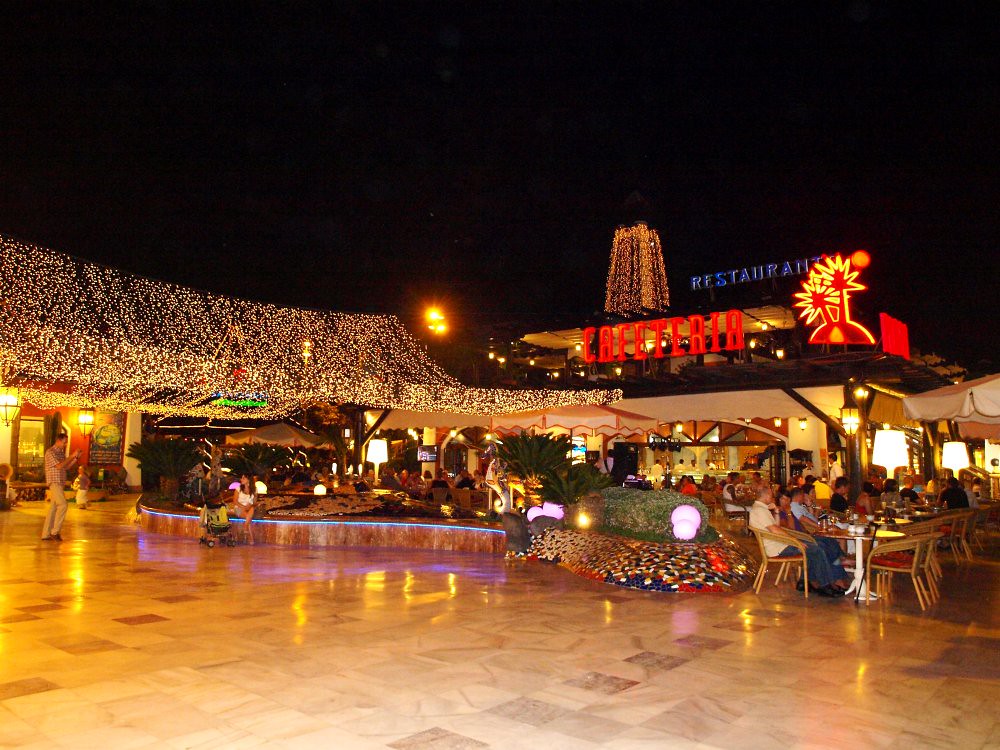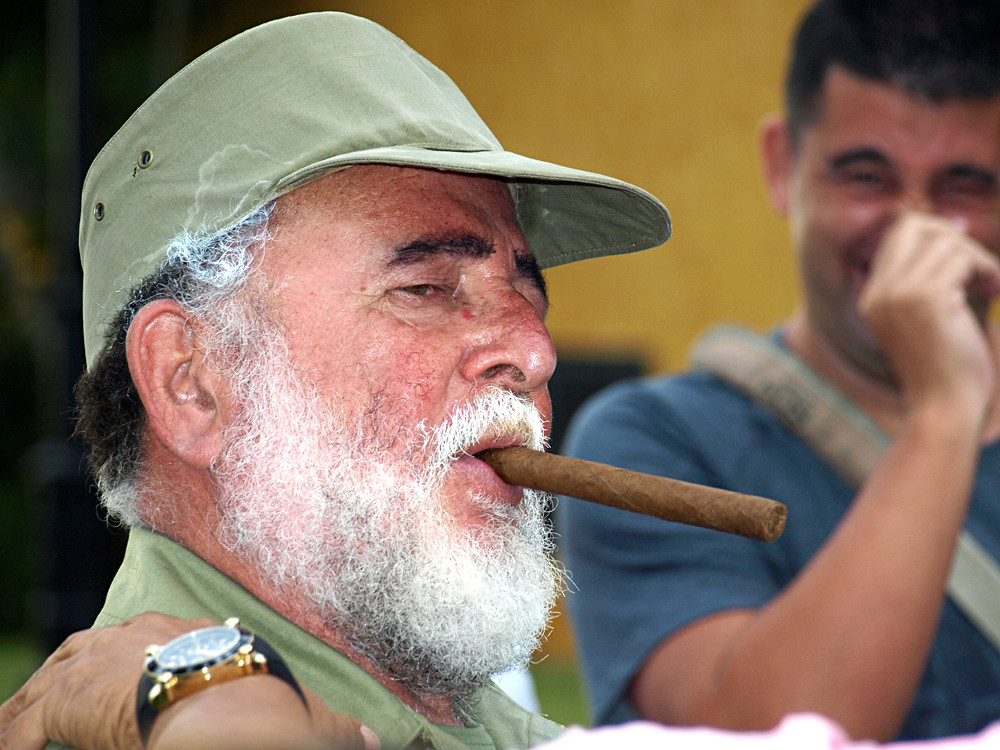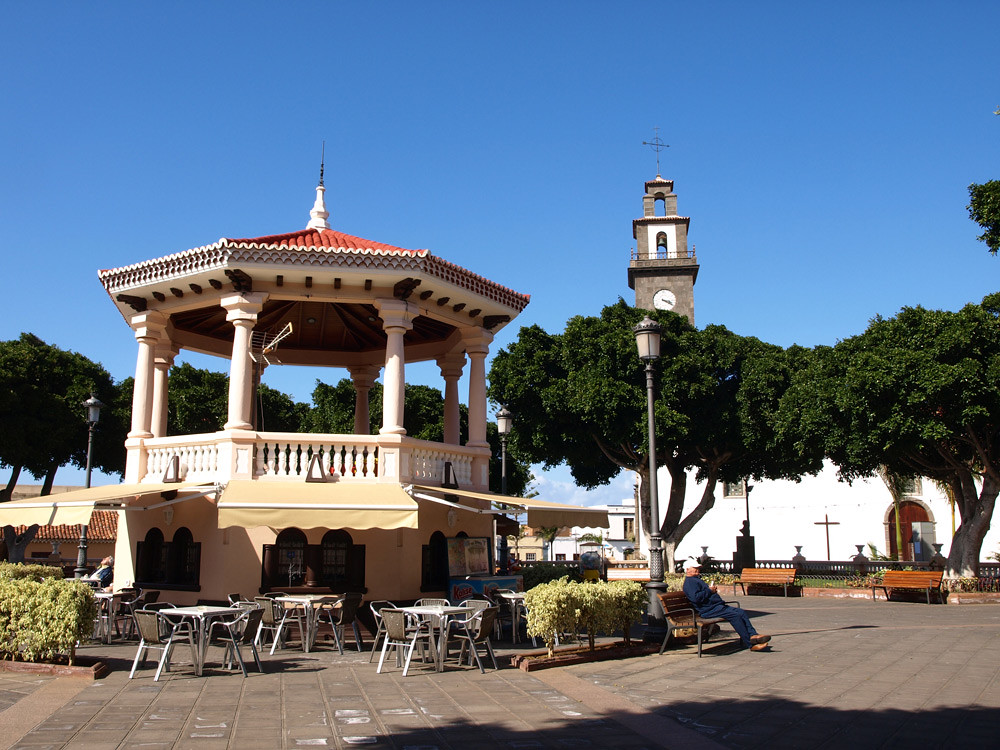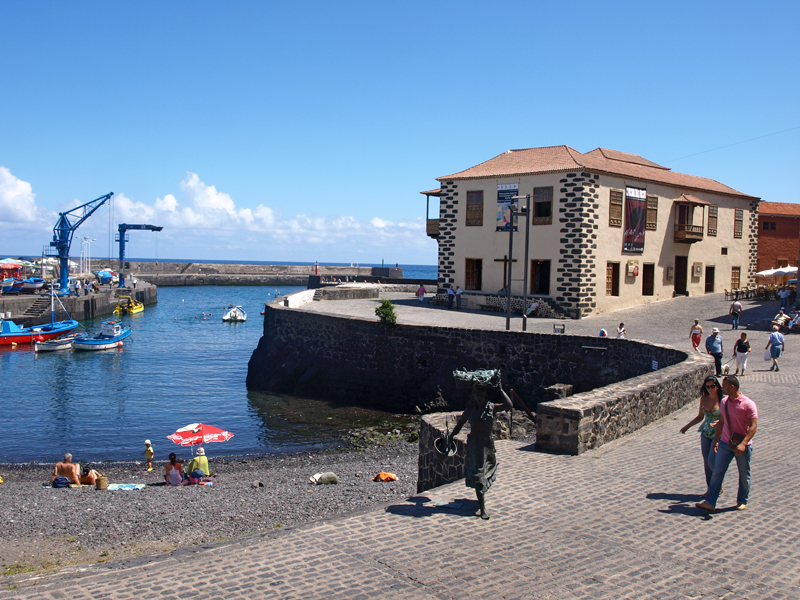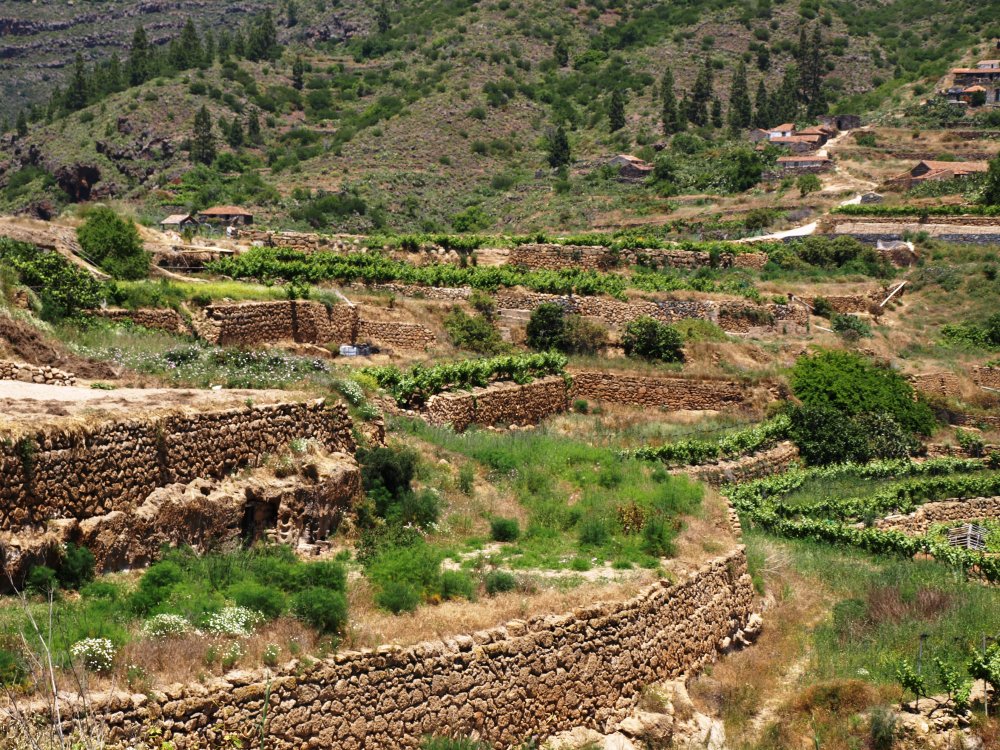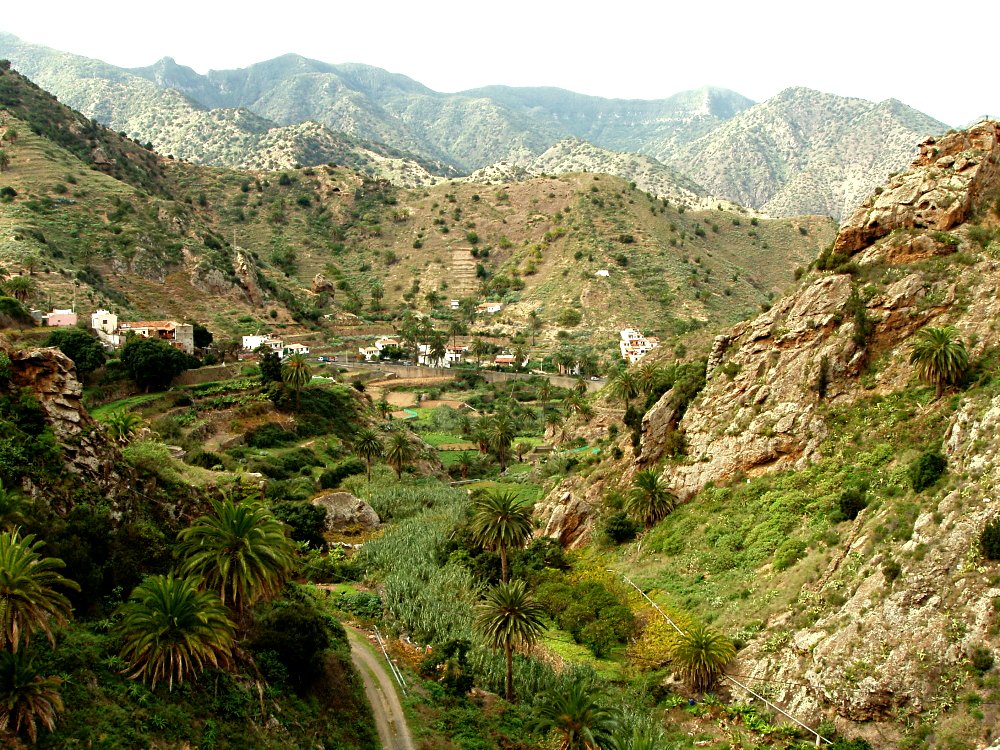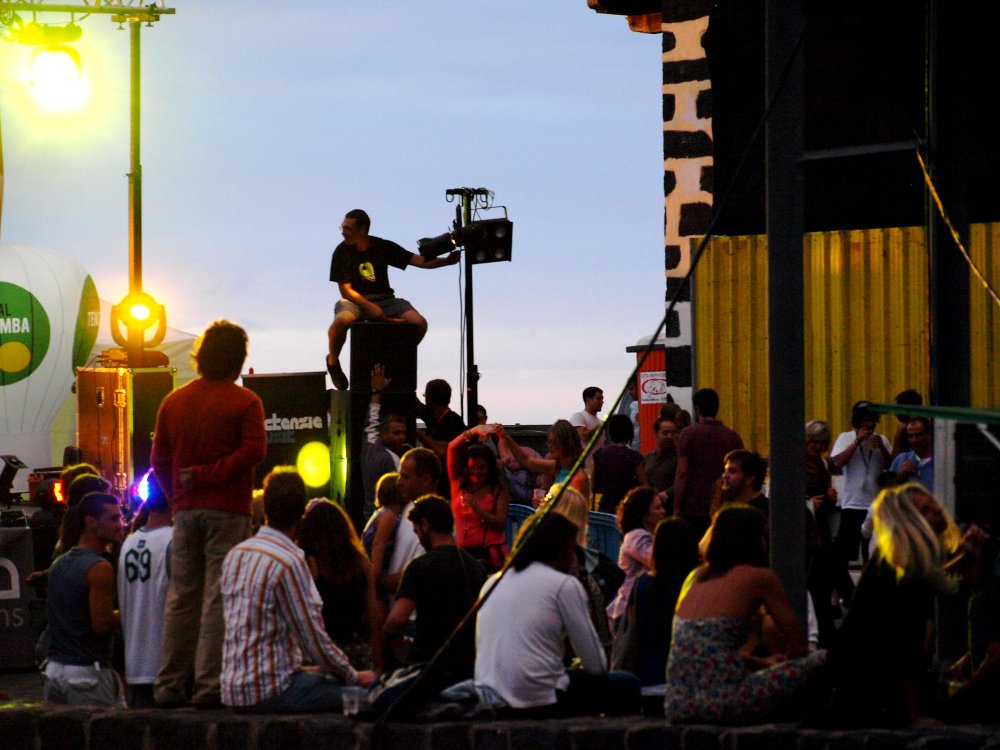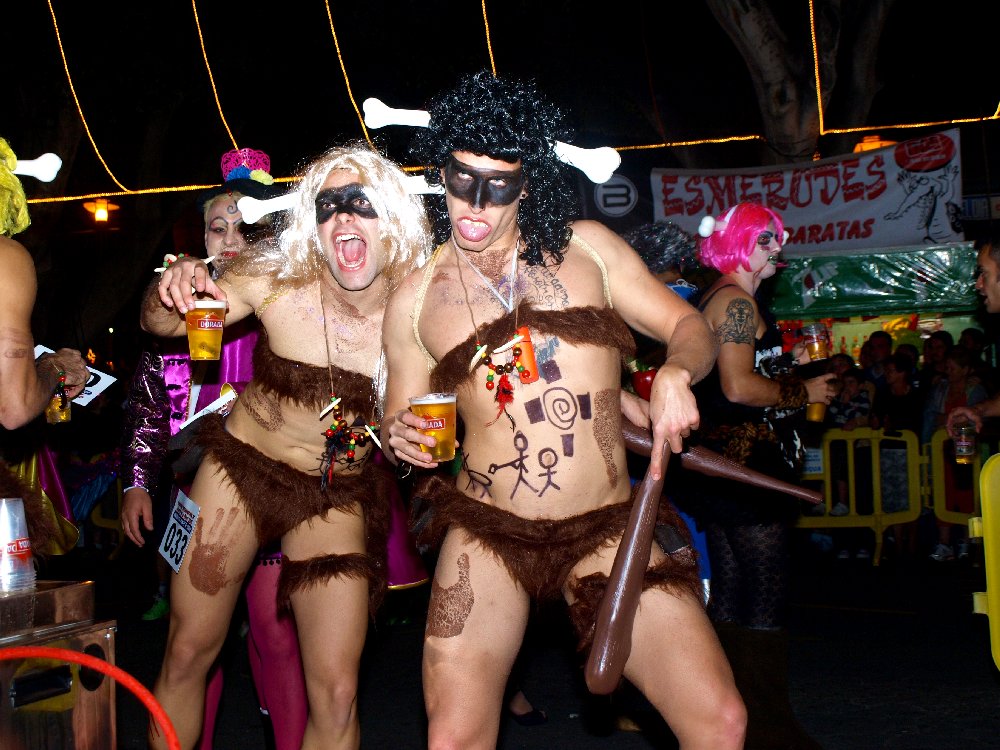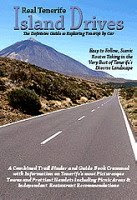In these days of information overload on the internet, and when so much printed word about Tenerife has been written that it’s probably responsible for the destruction of a significant chunk of the Brazilian rain forest, it wouldn't be unreasonable to wonder why would anyone need a guide to a destination that’s been visited by millions upon millions of people?
The opening paragraph in Going Native in Tenerife says it all – ‘Tenerife is an island that attracts over 6 million visitors a year, many of whom believe they know it like the back of their hands and few of whom know it at all.’
The longer we live here, the more we stand by that statement. What amazes me, for all the information that exists in print and online, is the number of people who seem to make real clangers when choosing a resort on Tenerife.
I’ve been following an enjoyable and thought provoking blog written by someone who recently visited Tenerife. He stayed for a short part of his visit in Golf del Sur (below); a place that is, ironically, being increasingly referred to by its more Spanish sounding municipality title, San Miguel de Abona. This is how he described it:
‘The soulless expanse of cheap bars, restaurants, empty units and peripheral expatriate services was as depressing as the couples wandering slowly through it with miniature dogs, cheap wine and cheddar cheese slices.’
It made me laugh - a lot. Let’s be honest, Golf del Sur isn’t a resort for anyone seeking to immerse themselves in Tenerife’s culture. Head up the hill to the real San Miguel de Abona for that (see pic below) or even take a jaunt along the coast to el Médano. To be fair, that particular blogger did actually spend most of his time on Tenerife in a banana plantation near Garachico; a town as different from GDS as chalk is from...well, cheddar cheese slices.
However, what can be quite common is for people to book a holiday in a purpose built resort on Tenerife, spend all of their time there and then complain there’s nothing Spanish (or Canarian) about the resort, or for that matter Tenerife.
There’s nothing wrong with choosing a purpose built resort if that’s what rings someone's bell, but for those who complain afterwards about it lacking character and not having a Canarian feel, it just demonstrates that they hadn’t done their research properly.
On the other hand, who’s to say it wasn’t exactly what they were looking for and that they didn’t have a great time, but how can they admit that to friends who treat the very mention of Playa de las Américas or one of the other purpose built areas the same way they would dog dirt on the shoe? This excludes Costa Adeje which, in some part thanks to a shrewd marketing strategy, is considered more socially acceptable.
There’s also another approach people use to make resorts considered, rightly or wrongly, a bit naff more acceptable and that’s being creative with names. I’ve already mentioned the Golf del Sur transformation to San Miguel de Abona and this week I checked out a series of photos on Flickr that were titled Los Cristianos by the photographer even though they were all clearly of Las Américas - god forbid that someone admits to being there. The best example of being creative about being on Tenerife I've seen recently was a bio of someone living on the island which stated they resided in Africa. Not an out and out porky, but a hell of a spin.
The point of all this is that for all the information online about Tenerife, much of it is still misinformation - deliberate or otherwise. Some travel sites selling holidays can be ultra-creative with the truth, so that quaint little fishing village they describe is actually a series of hotels and apartments built twenty years ago and centred around a man-made postage stamp sized beach. TripAdvisor can be a good resource within limits, but it is terribly, terribly subjective. One person's 'best restaurant on Tenerife' and 'top bar on the island' can turn out to be a restaurant selling cheap as chips...err chips and a bar frequented by three people and a dog, all of them sozzled, saddle-bag coloured ex-pats (the dog included).
It’s vitally important to research thoroughly and to use good sources to avoid disappointment when picking a resort on Tenerife. For all the 'helpful' information about Tenerife online, it's still not difficult to spot what good sources are. God, as they say, is in the detail.
When we were commissioned to write Going Native we were told to be completely honest about Tenerife's towns and resorts. So we were and some places don't fare particularly well, but there shouldn't be any surprises in store for anyone armed with a copy. Similarly, when commissioned to write a series of online 'insider' guides for the travel website Tenerife.co.uk the brief was more or less 'tell it how it is'. Subsequently Tenerife.co.uk has a warts and all description of all of Tenerife's resorts and also many of its less touristy towns; something you are unlikely to find on any other travel website selling holidays .
The information is out there, so there’s no real reason for someone seeking Spanish culture on Tenerife to discover on arrival at their resort that they are assaulted by signs proclaiming ‘All day British artery clogger served here’, ‘€1 a gallon of watery beer’ or ‘Z-list celebrity who desperately needs public exposure Big Brother screened tonite’…unless secretly that’s what they really want.
JM
Say Halo Halo Halo For Saintly Memories
1 month ago

